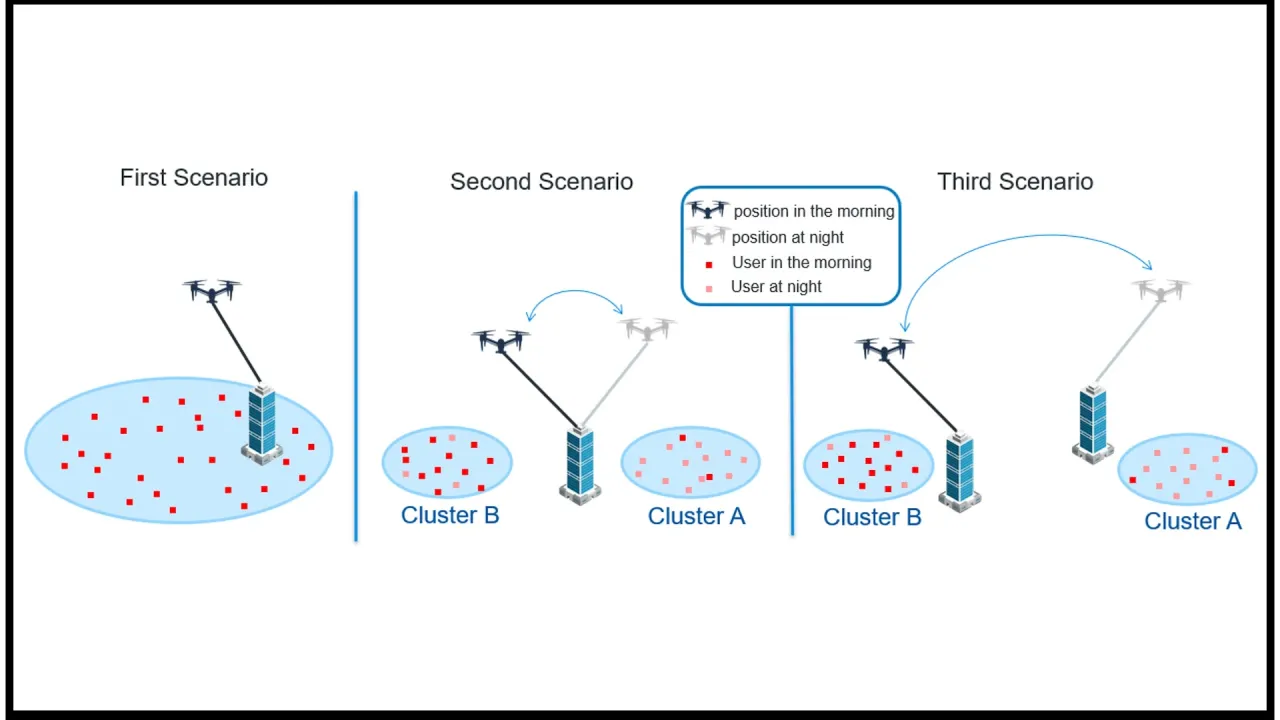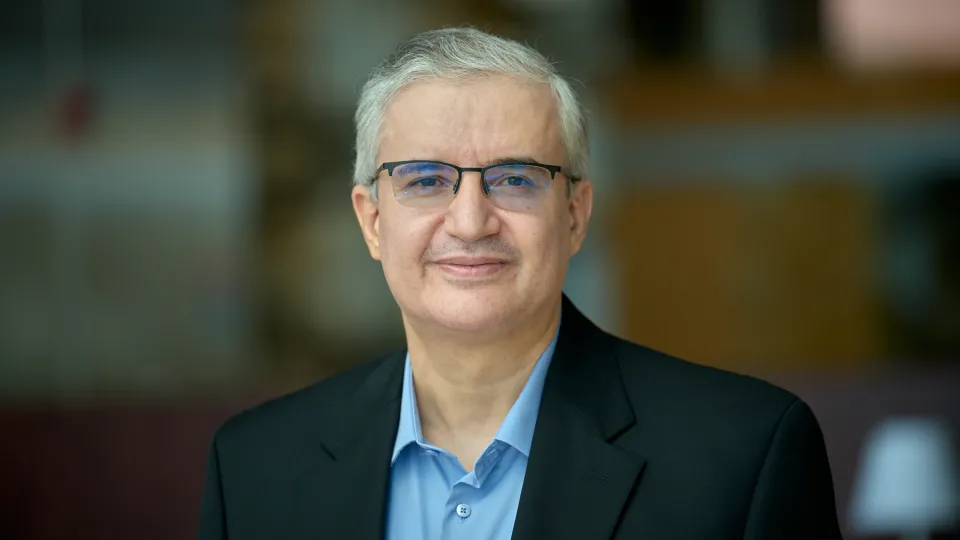
Optimizing 6G connectivity: Tethered UAVs unleash the potential of aerial base stations
About
In a recent research initiative, a team of researchers from the Communication Theory Lab (CTL) at KAUST, including Safa Khemiri, Mustafa A. Kishk, and Mohamed-Slim Alouini has proposed a novel system where aerial base stations (ABSs) are strategically deployed in user hotspots to alleviate network traffic and support terrestrial base stations (TBSs). The team's research delves into three distinct deployment scenarios, evaluating them based on their coverage performance and energy efficiency. To provide a more realistic representation of the system, they have developed a comprehensive model that considers the dynamic spatial distribution of users.
"We believe that our research has the potential to revolutionize the deployment of UAV-based communication systems, making them more efficient and sustainable for the future," noted Alouini, a Distinguished Professor of Electrical and Computer Engineering at KAUST.
Employing tools from stochastic geometry, the team conducts a comprehensive analysis of both coverage and energy performance for each scenario. Khemiri, a Ph.D. student at KAUST, highlights the significance of this tools, stating, "Our research leverages advanced mathematical tools and spatial modeling to optimize the deployment of tethered UAVs, ultimately improving network performance."
"Our research not only enhances network efficiency but also contributes to more sustainable and energy-efficient communication systems, aligning with the goals of 6G technology," add Kishk, an Assistant Professor at Maynooth University in Ireland.
One noteworthy finding of this research is that the capability of a TUAV to autonomously connect and disconnect itself from GSs presents an appealing compromise between coverage probability and energy efficiency when compared to deploying a drone for each cluster or a standard TUAV for every two clusters.
The findings presented in this research hold the potential to reshape the future of wireless communication networks, making them more resilient, efficient, and adaptable. As 6G technology continues to advance, the work of these researchers represents a significant step forward in the evolution of wireless communication systems.
More information available in the paper:
S. Khemiri, M. A. Kishk and M. -S. Alouini, "Tethered UAV Deployment Strategies: The Coverage and Energy Efficiency Trade-off," in IEEE Open Journal of the Communications Society, DOI: 10.1109/OJCOMS.2023.3323676.


